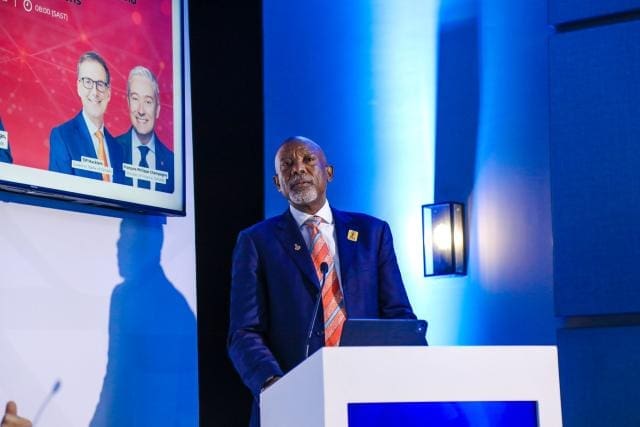The South African Reserve Bank’s Monetary Policy Committee (MPC) has decided to keep the repo rate unchanged at 7%, with the prime lending rate to also remain at 10.5%.
This was announced by SARB Governor Lesetja Kganyago following a meeting of the bank’s MPC.
“Four members preferred to keep rates on hold, while two favoured a cut of 25 basis points. Since September last year, we have reduced rates by 125 basis points, and we want to see how this is affecting the economy, how expectations evolve, and how inflation risks are resolved.
“The forecast has rates easing gradually, as inflation returns to the bottom end of the 3%-6% target range. The MPC emphasises that stabilising inflation at 3%, rather than 4.5%, implies a lower longer-term level for the policy rate.
“That said, the rate path from the Quarterly Projection Model remains a broad policy guide. As usual, our decisions will be taken on a meeting-by-meeting basis, with careful attention to the outlook, data outcomes, and the balance of risks to the forecast,” Kganyago said.
The governor noted that the Gross Domestic Product numbers released by Statistics South Africa “surprised on the upside, with the highest quarterly growth rate in two years”.
The GDP improved by some 0.8% in the second quarter.
“We have therefore marked up our growth forecast for the year, from 0.9% to 1.2%. This is despite a weaker export outlook, given higher tariffs.
“Although the strong GDP report was welcome, we do not want to overstate the importance of one good quarter. We continue to see modest output gains over the next few years, helped by structural reforms.
“There are also some cyclical indicators, such as credit extension, which look positive. However, reaching a healthy growth rate will require much higher investment levels than we are achieving now,” he said.
Kganyago said the MPC anticipates that headline inflation – which slowed to 3.3% in August – will rise over the coming months, peaking at some 4%.
“Our forecast now incorporates higher electricity price inflation, of nearly 8% rather than 6%, given the recent pricing correction by NERSA [National Energy Regulator of South Africa]. This is a reminder of the serious dysfunction in administered prices, which undermines purchasing power and weakens growth. The solution to this crisis is not a higher level of inflation, but rather sector-specific reforms to improve efficiency.
“Our inflation projections also have upward adjustments to food and services prices, partly offset by a stronger exchange rate assumption. Overall, we expect headline inflation to average 3.4% this year, and 3.6% next year, before reverting to 3% during 2027,” he said.
“While another repo rate cut would have been welcome, today’s decision to hold the prime lending rate steady signals the Reserve Bank’s commitment to bringing inflation closer to the anchor target of 3%. For homeowners,” said Bradd Bendall, BetterBond’s National Head of Sales.“it means short-term restraint, but also the potential for renewed momentum in the property market once the next cycle of rate cuts begins, hopefully in the months ahead. Five repo rate cuts since September last year have already stabilised conditions, and BetterBond’s latest figures show home loan applications are up 14% year-on-year in July and August.”
On the global front, Kganyago noted that the global economy has shown resilience.
“While the geopolitical environment remains difficult, and trade disruptions continue, growth is holding up and market volatility has subsided. Since our last meeting, policy rates have been cut in the United States and the United Kingdom, and the dollar has weakened. Various commodity prices have risen, although oil prices remain contained. These conditions are supportive for emerging markets like South Africa.
“However, while the cyclical factors mean global conditions are currently favourable, there are also more adverse structural developments, which are likely to prove challenging. Long-term interest rates have shifted higher in several major economies. This reflects a range of pressures, especially high and rising debt levels, as well as inflation risks,” Kganyago said. – SAnews.gov.za

